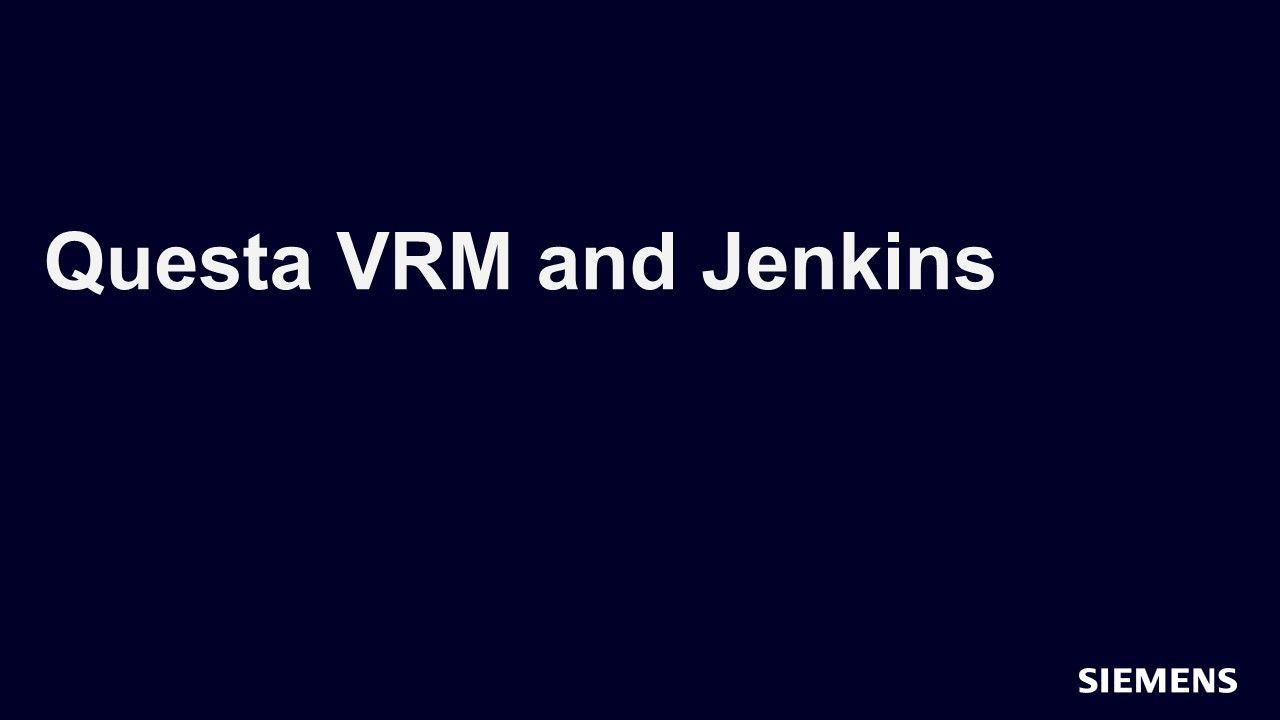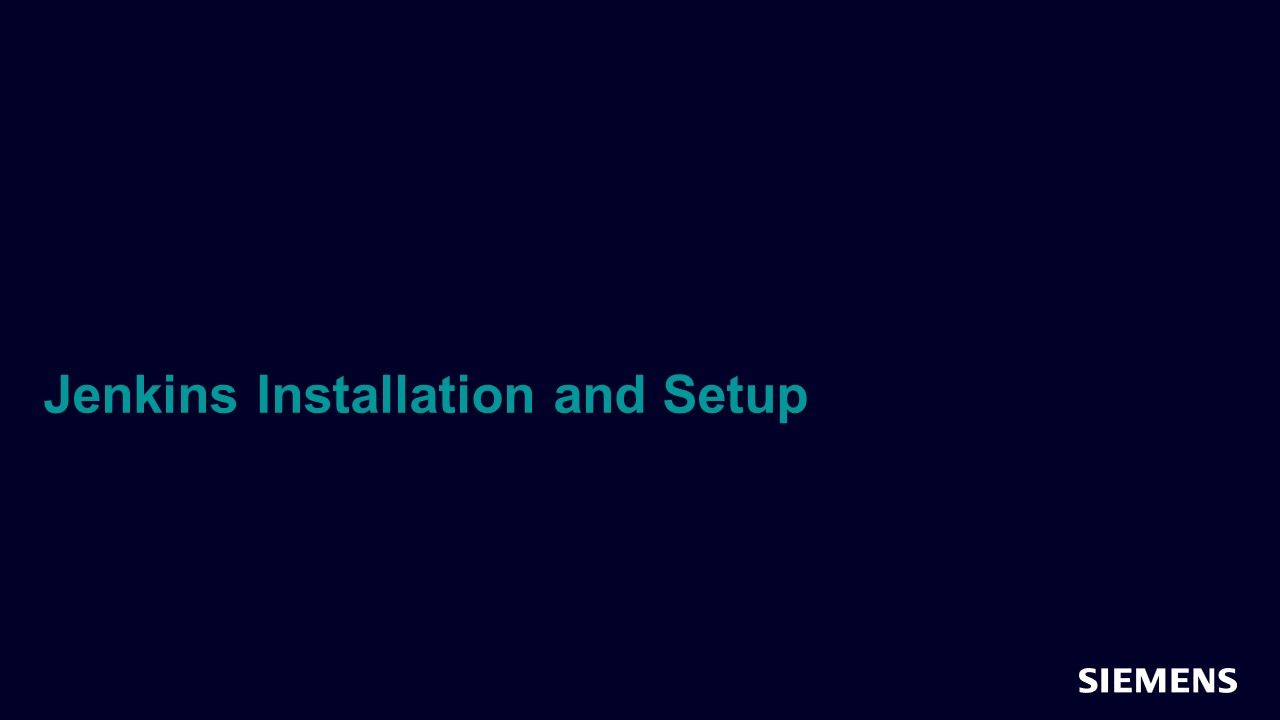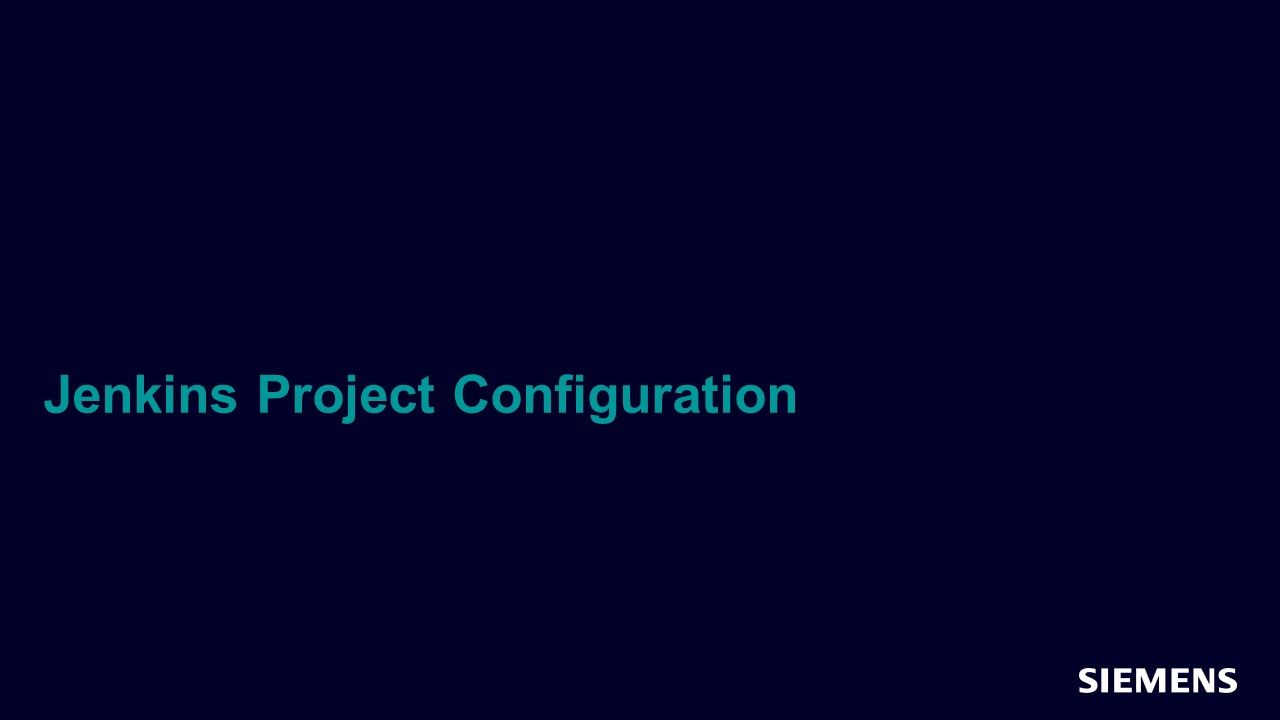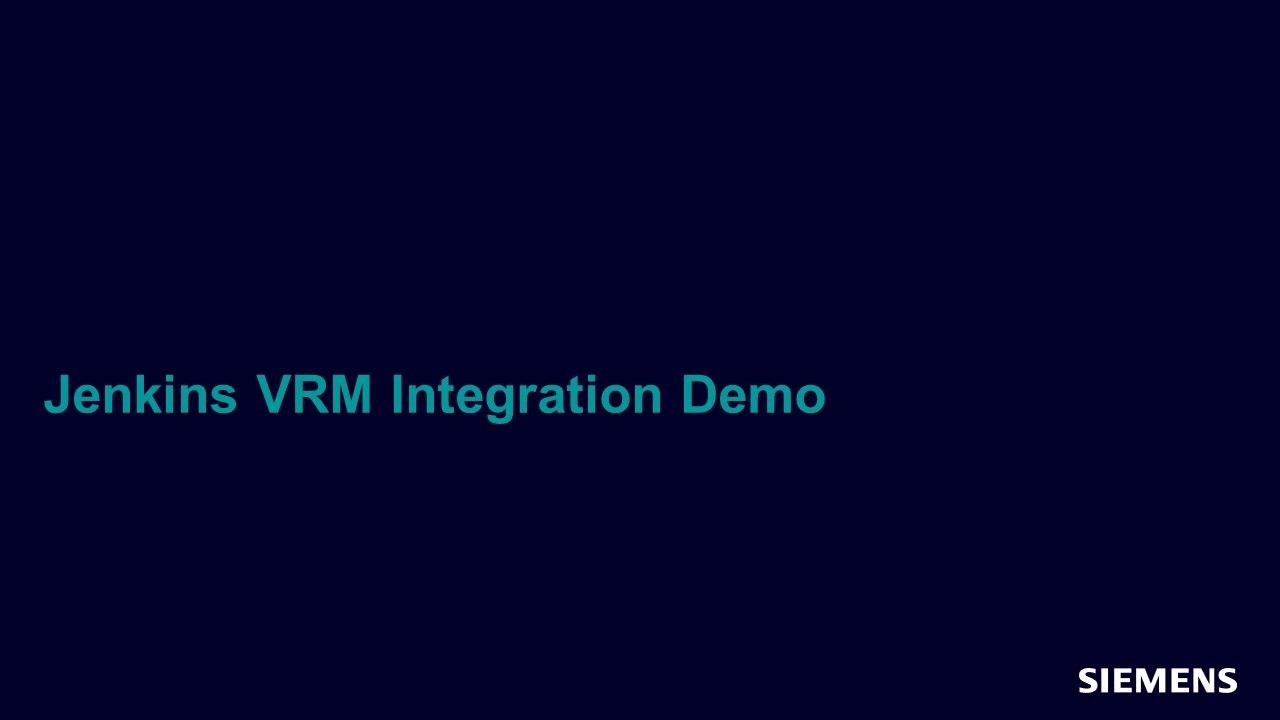Questa VRM and Jenkins
This track will define terms, logically divide up the verification effort, and lay the foundation for actual verification planning and management on a real project.

-
Sessions
-

Jenkins Installation and Setup
In this session you will be introduced to the Jenkins continuous integration system, along with step by step installation and setup instructions. -

Jenkins Project Configuration
In this session we will walk through the project configuration and how to setup a job with the Questa VRM plug-in. -

Jenkins VRM Integration
In this session, we will demo the Questa VRM Jenkins integration and you will see first hand how to execute tests and generate reports.
-
-
Resources
-
Overview
Jenkins is the leading open-source automation server that enables engineers around the world to reliably build, test, and deploy their software projects. Over the past several years, many project teams have begun to adopt Jenkins to support their verification projects as well. However, with existing solutions verification engineers can run only their verification engines from within Jenkins. They receive very little meaningful information about their verification results through Jenkins, requiring them to manually interpret and analyze results.
Jenkins is a continuous integration management environment, but does not directly support the management, execution, and analysis of verification toolsets. The Siemens EDA Questa Verification Run Manager (VRM) plugin gives Jenkins the ability to utilize regression run results through the Questa VRM system, in addition to managing and running their regressions through Jenkins.
-
Forum Discussion - Jenkins